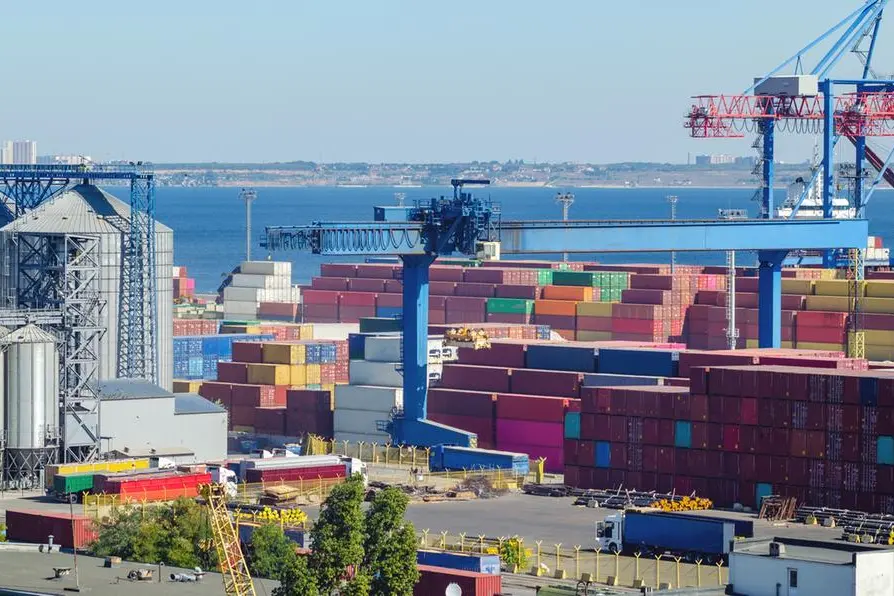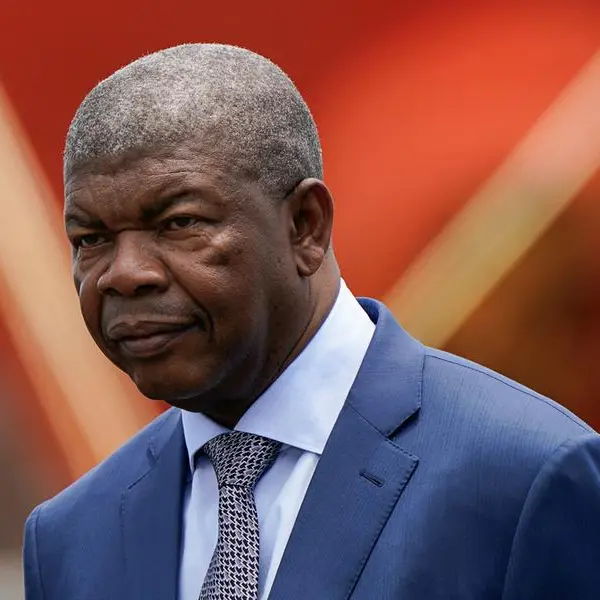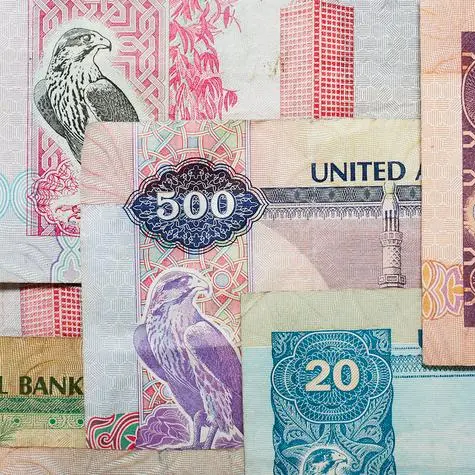PHOTO
The relentless depreciation of East African currencies, which is supposed to make their exports cheaper in foreign markets, has failed to improve trade balances for the region, defying expectations and putting more pressure on foreign exchange needs.
All domestic currencies in the region have depreciated at different rates over the past year, but the trade deficit in nearly all the countries has continued to widen, signalling increased importation or a drop in exports, despite the price adjustments, which should impact demand.
Ugandan economist Bernard Musekese explains that all East African economies are running on an export-led strategy, which is to “export as much as possible so that revenues from exports can offset the import bill.”This means that a drop in trade balance – which comes with a drop in a country’s imports or an increase in exports or both – is desirable as it will ease pressure on foreign exchange, and in turn help stabilise the currency.
But most countries in the region have recorded a worsening trade balance, as imports continue to grow despite being more expensive to the domestic consumers, putting more pressure on foreign exchange.
Read: Intra-EAC trade down by $1.8bn on barriers, taxationThe Tanzania shilling, for example, has depreciated – by 0.5 percent since last year – the least in the region, but the difference between their exports and imports more than doubled to $5.3 billion in the 12 months to December 2022, largely due to a rise in imports.
Read: Tanzania shilling hits all-time low against dollarThis is a defiance of conventional economic theory as a depreciated currency is normally expected to make imported goods dearer, and eventually reduce their demand in the domestic markets, while the demand for the country’s exports rises due to cheaper prices in foreign markets.“Currency depreciation has a simultaneous double-edged effect: it makes a country’s exports more competitive in global markets and at the same time makes imports more expensive,” explains Mr Musekese, who is also a lecturer at the Makerere University Business School.“Unaffordable imports due to depreciation indirectly imply that we have reduced total import demand – blamed on Covid-19 effects and funding cuts – and indirectly decreases the trade deficit.”But even in Uganda, the trend is almost the same as Tanzania’s. The value of the shilling against the dollar has dropped by five percent in the last year, but there has been a 12 percent rise in their trade deficit, also largely driven by an increase in imported goods.
True currency valueIn Rwanda, the franc depreciated by five percent in the year to December 2022, yet the trade deficit widened at the same rate, but exports increased at a higher rate than imports in the period, latest data from the National Bank of Rwanda shows.
It is only in Kenya and Burundi, where the international trade balances have adjusted to reflect the change in currency value over the last year, but it is also their currencies that have depreciated the most in that period.
Read: Kenya banks book $100m forex gain from foreign unitsBurundi’s franc depreciated by 13 percent in the twelve months to June 2023, and its trade balance also reduced at the same rate, as exports rose by 84 percent and imports dropped by 6 percent.
In the same period, the Kenya shilling depreciated against the dollar by 19 percent, and the trade balance reduced by 15 percent, although it has been up and down during the period, which could mean it is not necessarily on a downward trajectory.“As the currency adjusts and Kenyan goods become more affordable in other places, we’ll see the trade deficit reduce quite a bit,” said Kenyan economist Kwame Owino, the chief executive officer of Nairobi-based think tank Institute of Economic Affairs.
Indeed, Kenya’s imports dropped by 10 percent in the period, while exports rose by 6 percent, pointing to a reduced demand for commodities from outside the country, but unlike Bujumbura, Nairobi’s improvement in the trade balance is not at the same rate at which the currency has lost its value.“It is still early, but it’s already suggesting that if the Kenya shilling finds its true value, then obviously the only thing that will determine trade deficit, especially in East Africa, will be basically the comparative quality and the demand for goods for one side or the other,” Mr Owino told The EastAfrican.
Government policy actionHe posits that over time, Kenya’s foreign trade balance, especially with other countries outside the region, will improve to reflect the full rate of change in the value of the currency.
Read: Kenya shilling hits 150 against US dollar“It will not extinguish the trade balance, it will just become better because of the better value of the Kenyan shilling,” he said.
The depreciating value of East African currencies, in itself, may however not be sufficient to deliver a meaningful improvement in the countries’ trade balances.
Mr Musekese argues the demand for imports, which is impacted by the value of the currencies is complemented by the deliberate efforts by the governments towards export promotion to slim the trade deficit.“We need to take an extended analysis to evaluate where the effect is from, whether it is competitive exports or expensive imports,” he said.“Export promotion, left on its own, is not assurance of a positive trade balance; the share of imports matters. We need to attend to both variables.” © Copyright 2022 Nation Media Group. All Rights Reserved. Provided by SyndiGate Media Inc. (Syndigate.info).























